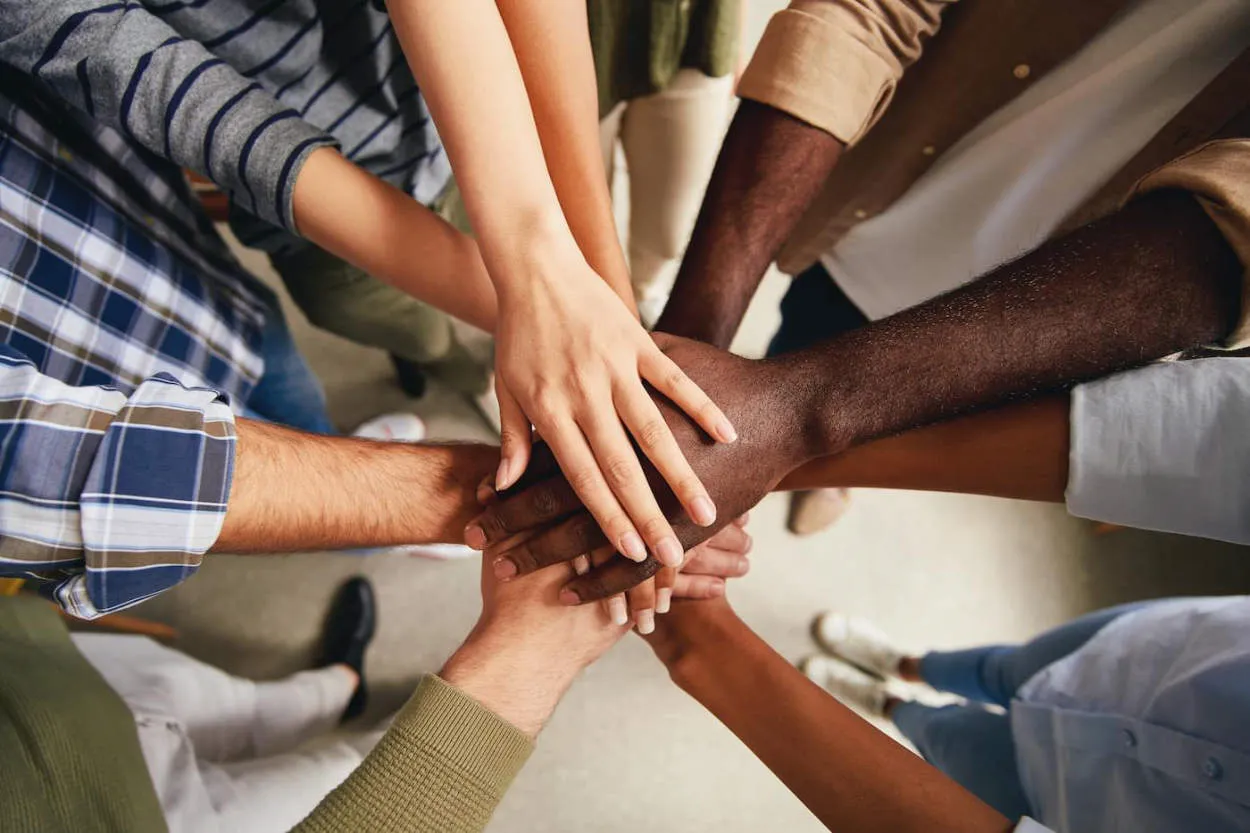Building cultural competence is essential in today’s diverse workplace. With globalization and increased cultural diversity, it is crucial for organizations to foster an inclusive environment where employees can understand, respect, and effectively work with people from different backgrounds. This article explores the importance of developing cultural competence and provides strategies to cultivate a culturally competent workforce.
Recognizing the Value of Diversity and Inclusion in the Workplace
In today’s globalized world, businesses are increasingly recognizing the importance of diversity and inclusion in the workplace. A diverse workforce brings together individuals from different backgrounds, experiences, and perspectives, leading to enhanced creativity, innovation, and problem-solving.
By embracing diversity and inclusion, organizations not only foster a more inclusive work environment but also tap into a broader talent pool. Research has shown that diverse teams are more likely to outperform homogeneous teams, as they benefit from a range of perspectives and ideas.
Furthermore, embracing diversity and inclusion helps to cultivate cultural competence within the workplace. Cultural competence refers to the ability to understand, communicate, and effectively interact with people from different cultures. This competence fosters mutual respect, empathy, and understanding, ultimately leading to stronger relationships among team members.
Building cultural competence in a diverse workplace requires ongoing education and training. Organizations can provide diversity and inclusion workshops, cross-cultural communication seminars, and mentorship programs to promote understanding and empathy among employees. It is crucial to create an inclusive culture where everyone feels valued, respected, and heard.
Ultimately, recognizing the value of diversity and inclusion in the workplace is not only a moral imperative but also a strategic business decision. Embracing diversity and fostering inclusion allows organizations to tap into the full spectrum of talent and ideas, leading to a more innovative and successful workforce.
Developing Cross-Cultural Communication Skills for Effective Collaboration
When it comes to building cultural competence in a diverse workplace, developing cross-cultural communication skills is crucial for effective collaboration.
Understanding Different Cultural Norms and Values
One of the first steps to developing cross-cultural communication skills is to gain a deeper understanding of different cultural norms and values. This involves being aware of the differences in communication styles, decision-making processes, and interpersonal relationships across cultures. By being culturally sensitive and respectful, individuals can create a more inclusive and harmonious work environment.
Active Listening and Observing
Active listening and observing play a significant role in cross-cultural communication. It involves paying attention to verbal and non-verbal cues, such as body language and tone of voice. By actively listening and observing, individuals can better understand the underlying messages being conveyed and respond appropriately, fostering clearer communication and reducing misunderstandings.
Adapting Communication Styles
Adapting communication styles is essential when collaborating with individuals from different cultures. This includes using clear and concise language, avoiding jargon and slang, and being mindful of cultural sensitivities. Adapting communication styles promotes effective information sharing and minimizes the chances of misinterpretation.
Building Trust and Relationships
Building trust and relationships is crucial in cross-cultural collaboration. It requires being open-minded, showing empathy, and respecting different perspectives. By establishing trust and fostering positive relationships, individuals can create a more inclusive and collaborative environment where diverse ideas can thrive.
Continuous Learning and Growth
Finally, developing cross-cultural communication skills is an ongoing process. It requires continuous learning and growth to adapt to the ever-changing global landscape. Embracing diversity and actively seeking opportunities to expand cultural competence will contribute to stronger collaboration and increased effectiveness in a diverse workplace.
Enhancing Cultural Awareness and Sensitivity to Improve Team Dynamics
In today’s diverse workplace, building cultural competence is essential for fostering a harmonious and productive team environment. By enhancing cultural awareness and sensitivity, organizations can unlock the full potential of their workforce, promote understanding, and avoid misunderstandings or conflicts due to cultural differences.
One way to enhance cultural awareness is through education and training. Providing employees with opportunities to learn about various cultures, their customs, traditions, and communication styles can help them develop a deeper appreciation and understanding of diversity. This can be done through workshops, diversity seminars, or even incorporating diverse cultural experiences into team-building activities.
Another important aspect is promoting open communication and active listening within the team. Encouraging team members to share their cultural backgrounds, perspectives, and experiences can create a safe space for dialogue and learning. Emphasizing the value of different viewpoints and encouraging collaboration will foster a sense of inclusion and respect.
Leadership plays a significant role in setting the tone for cultural sensitivity and awareness. Managers should lead by example and show respect for different cultures, fostering inclusivity, and valuing diversity within the team. This can be achieved by addressing any discriminatory behavior promptly and promoting an inclusive and supportive environment where different cultural backgrounds are celebrated.
Lastly, acknowledging and embracing cultural differences can lead to innovative solutions and approaches. When team members from various cultural backgrounds come together, they bring diverse perspectives and experiences, which can spark creativity and problem-solving. Encouraging a collaborative mindset that leverages these differences can lead to more effective teamwork and improved team dynamics.
Conclusion
Building cultural competence in a diverse workplace is essential for creating an inclusive and successful environment. By valuing and respecting different cultures, organizations can enhance collaboration, communication, and productivity. Embracing diversity fosters innovation and helps attract and retain top talent. It is important for companies to invest in cultural competency training and create policies that promote inclusivity to ensure a harmonious and thriving work culture.




